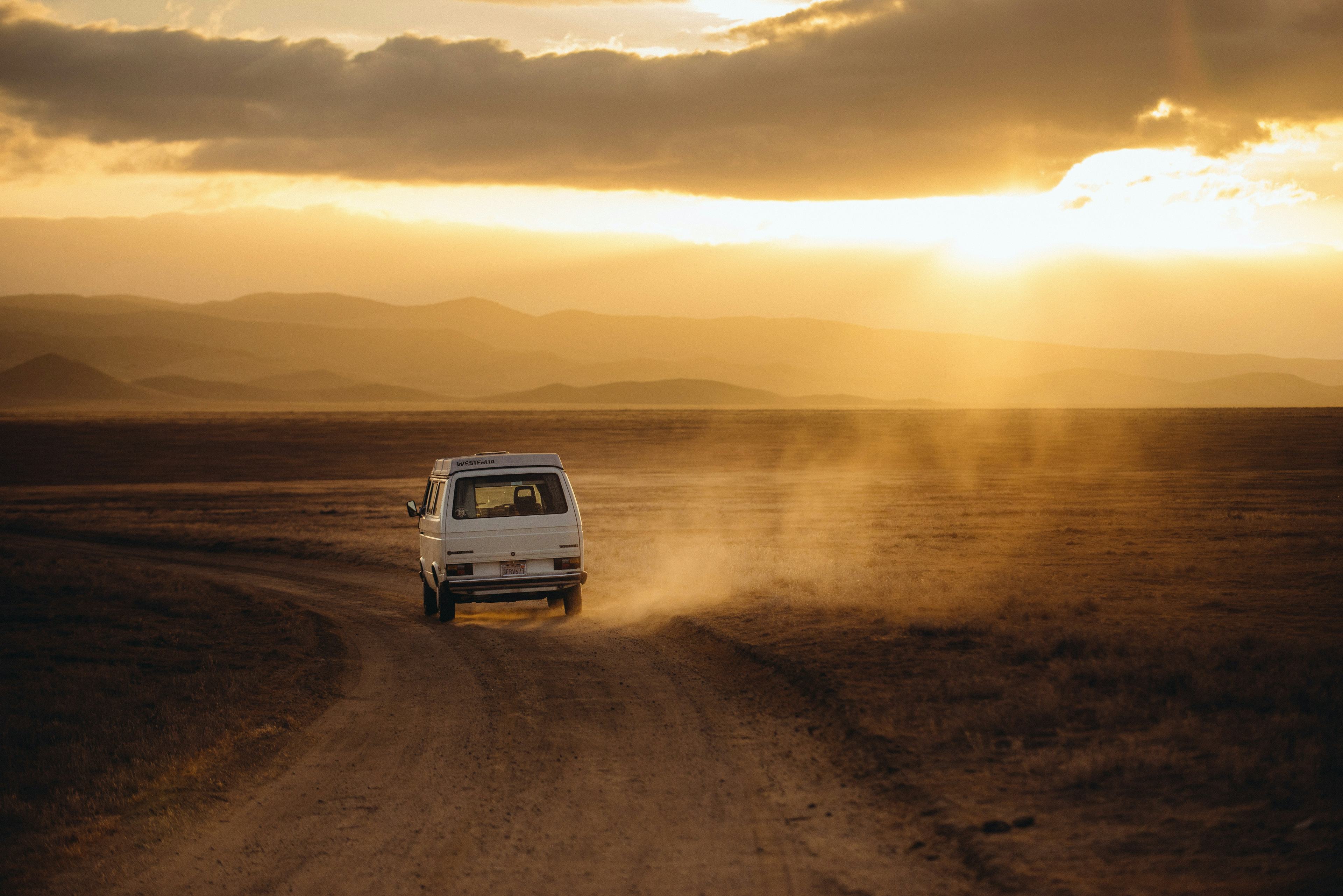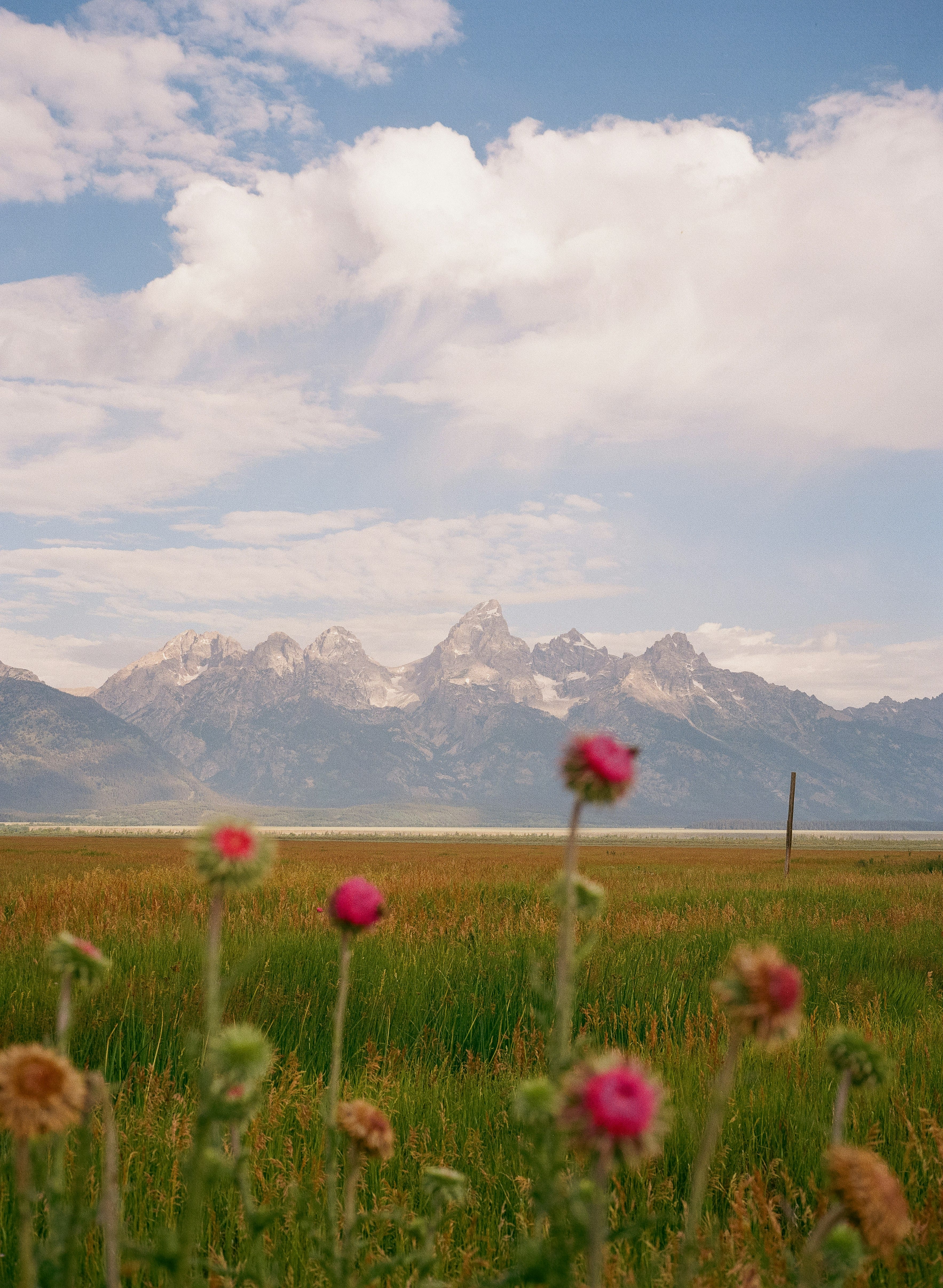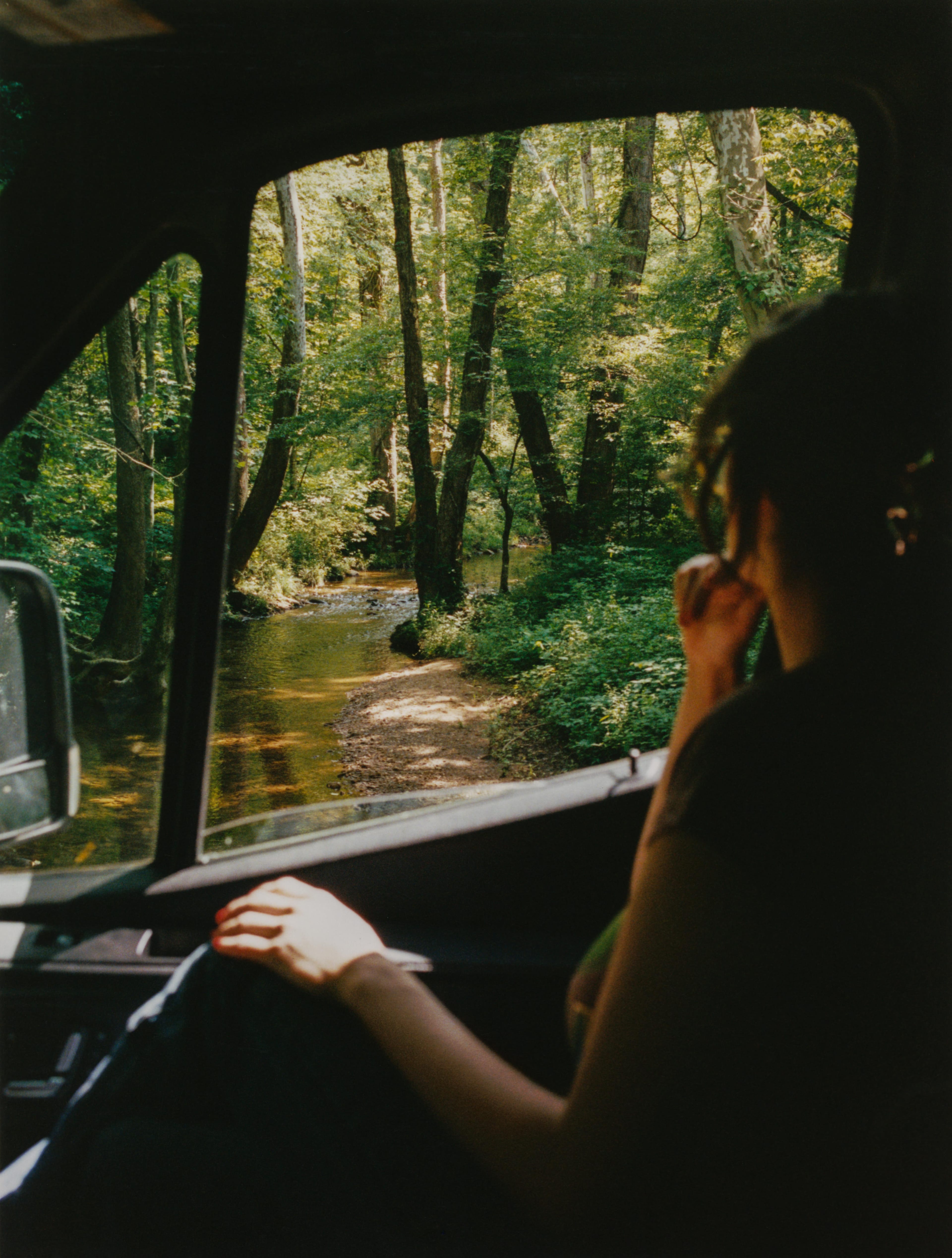Finding the Soul of Diving in Florida
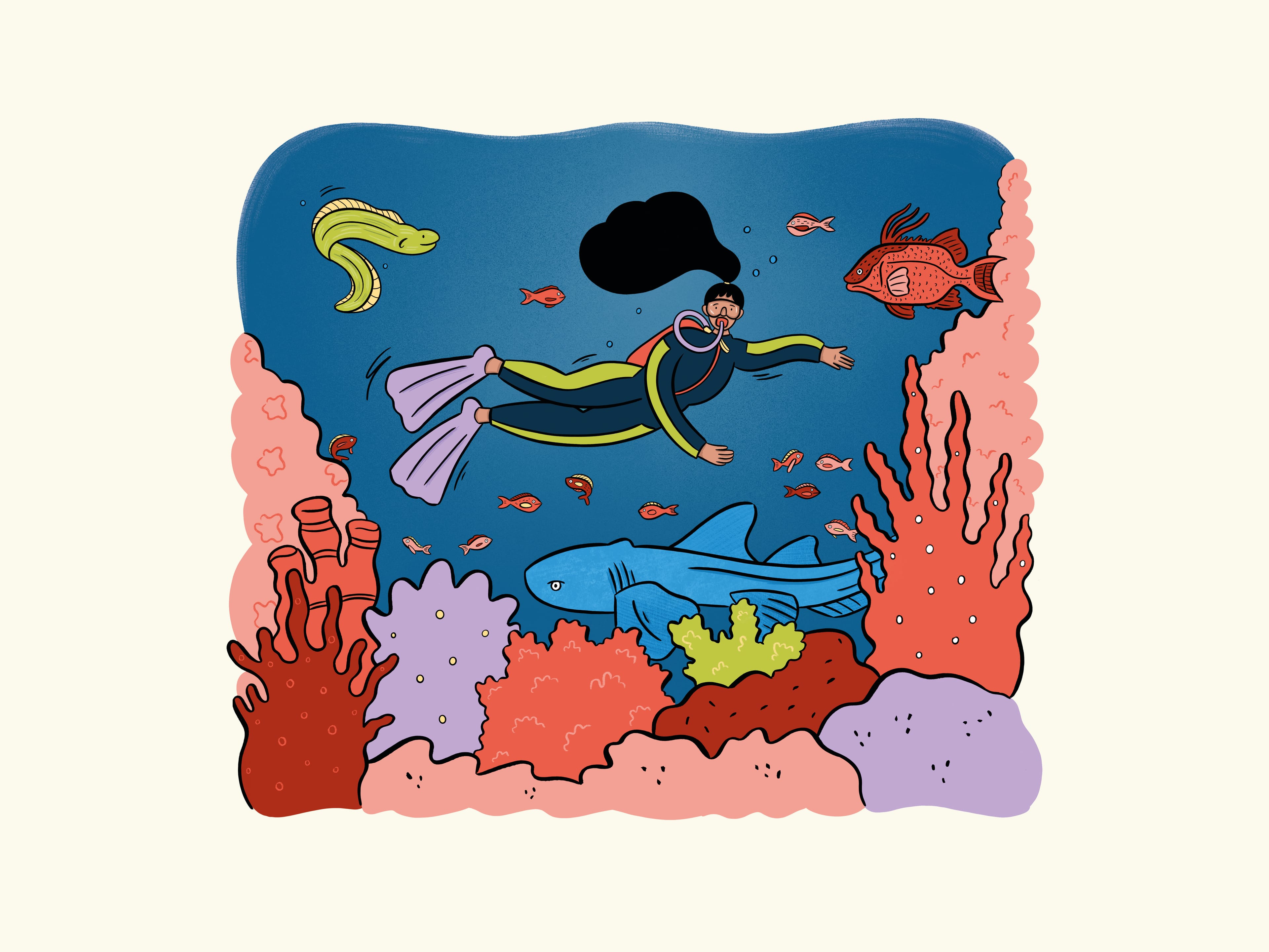
How one diver discovered a whole new world beneath the waves.
There’s something magical about the blue of the water in the Florida Keys. An intoxicating crystal color—sometimes aqua, sometimes a blindingly-bright turquoise—that entices you to stay, explore a bit and make yourself at home.
I came here in 2017 on a four-month temporary internship as a scientific diver and coral restoration practitioner. I didn’t know what that meant, exactly, but it sounded interesting enough and different enough to lure me away from a law career in Los Angeles.
I found myself on the gunwale of a boat, about to plunge into my first coral restoration dive.
“3, 2, 1 …. Go!”

Maine Coast
Island lore, mermaid insights, food & drink spots and natural wonders at the far reaches of Florida.

I covered my scuba mask with my hand, threw my faith and my fins over my head, and backrolled into the Atlantic.
With a familiar splash, I was immediately underwater, and the warm Caribbean seas hugged my every cell. Once the bubbles cleared, I saw something I’d never seen before in hundreds of dives: a manmade underwater forest, for as far as I could see. And, I felt something I’d never felt before— like I was a part of something big, something that really mattered.
Captivated, I darted through rows of PVC coral “trees” with endangered corals hanging off them, growing for science and restoration. I watched their tiny polyps grabbing the water, searching for food. We took a short tour of the 1.5 acres this coral nursery comprises before getting to work. My dive buddy selected some staghorn corals for restoration work, and I held them gingerly – literal hope in my hands. On our second dive, we planted them back onto degraded reefs, to help rebuild what’s been lost. Upside down, I arranged the corals for optimal water flow and sunlight, and my mind flashed forward: I thought about how I might visit this same reef in 10 years, see this same coral thriving and providing a foundation for this ecosystem, and know that I made a difference. That was an incredible feeling of agency and purpose.
That dive forever changed how I approach scuba diving. For the first time, I felt like I was an active participant in helping to heal the ocean. You see, diving usually feels like an observer’s adventure. Watch your buoyancy. Don’t touch anything. Leave no trace. Keep yourself apart from nature – to protect it.
Instead, in coral restoration and on other citizen science dives, your job is literally to touch and to leave a positive impact. After four months of diving to help our reefs, I couldn’t leave. I extended my stay indefinitely and moved my life here to find more ways to give back to our oceans. And to dive, of course.
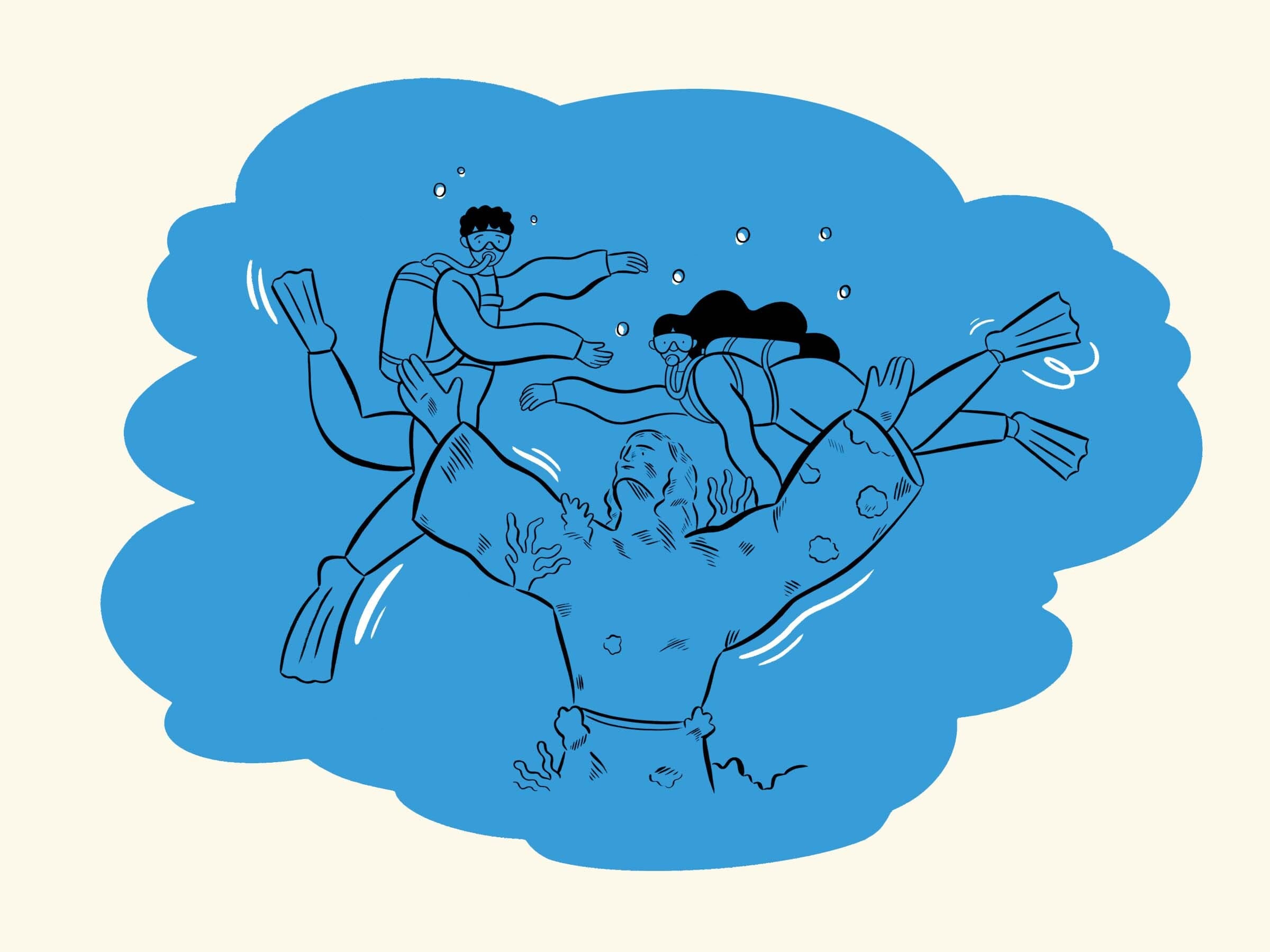
Luckily for me, the Florida Keys—and Key Largo, specifically— are the dive capital of the world. Conditions here are idyllic much of the time, with warm, clear waters and the world’s third largest barrier coral reef to explore. On any given day, you might dive with dolphins, sea turtles, sharks, shrimp and eagle rays. These seas also hold 2,000-plus shipwrecks, including Spanish Galleon maritime treasures and incredible military ships-turned-artifical-reefs.
It’s also a smorgasbord of regenerative tourism opportunities such as coral restoration, underwater cleanups, lionfish eradication dives, sponge restoration, turtle rescue. These dives are designed for tourists and recreational divers – no science degree needed! Eight years since my first restoration dive, I still “play with a purpose,” dive to protect our reefs, and help make this magnificent place home.


